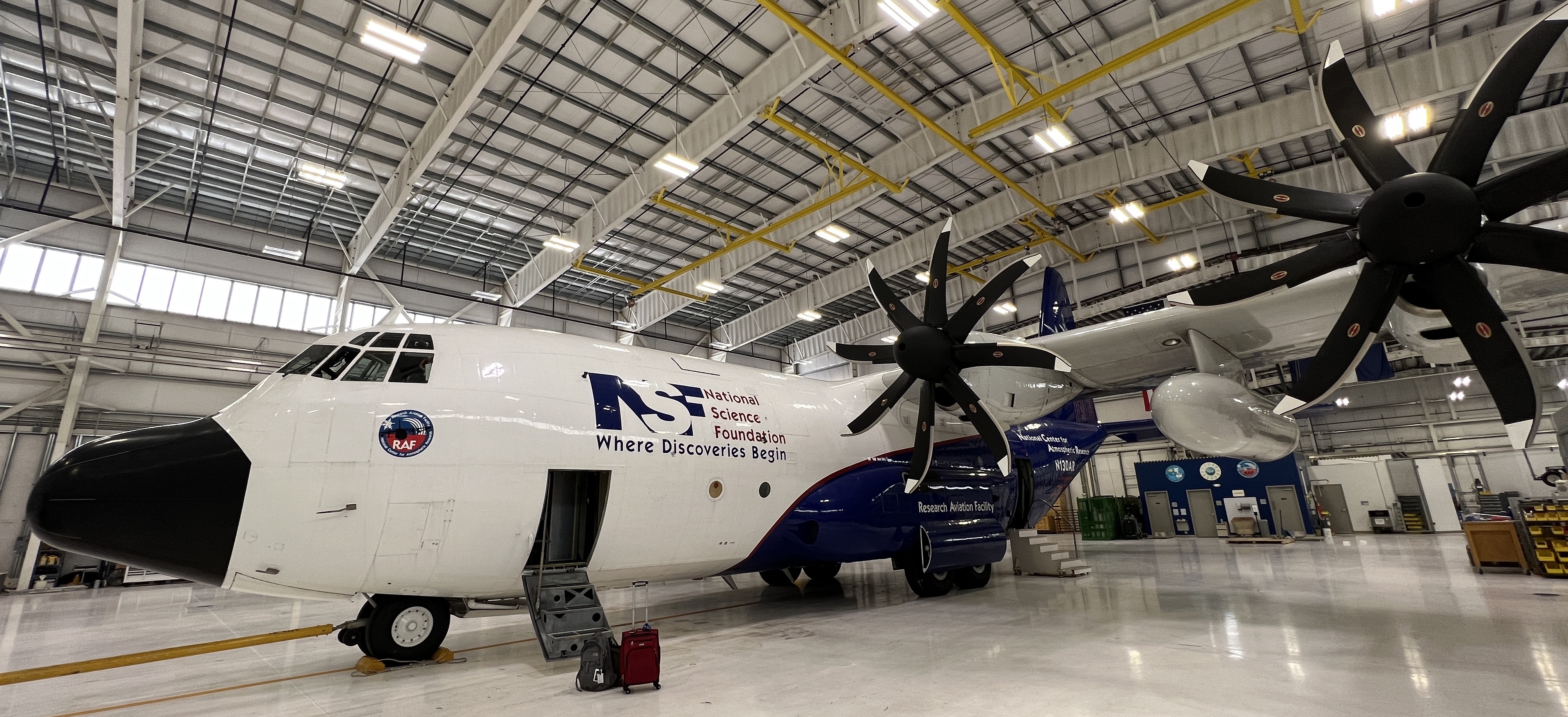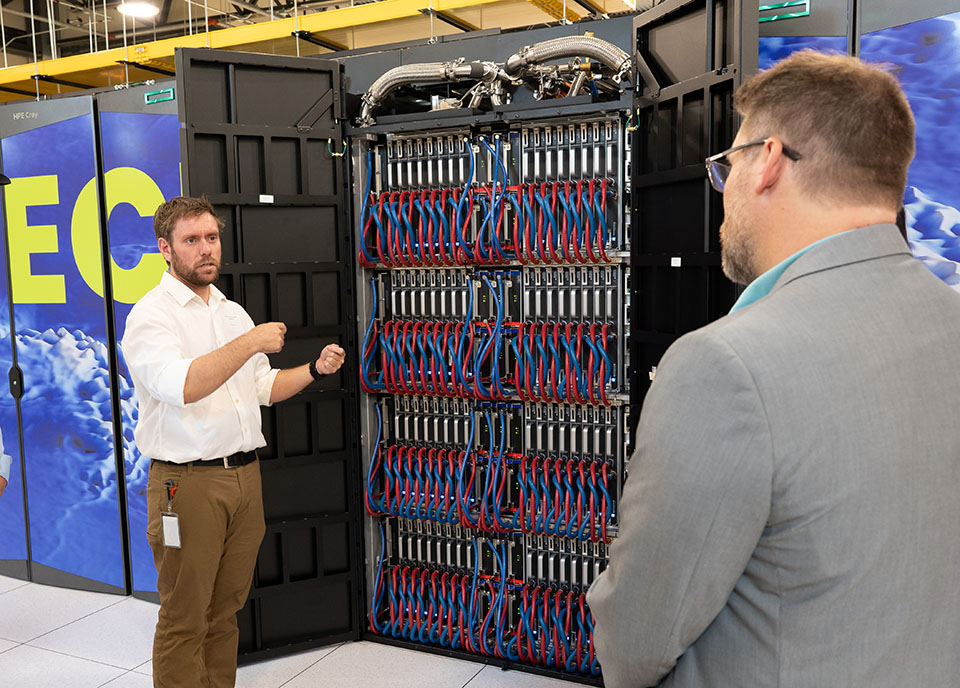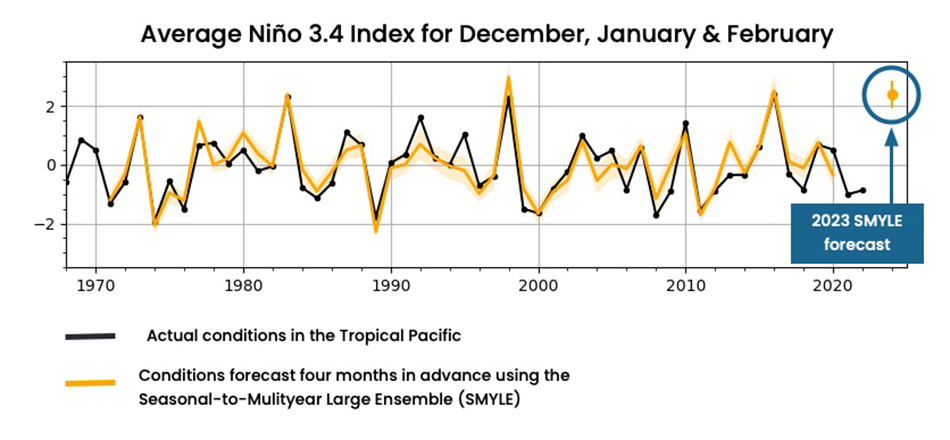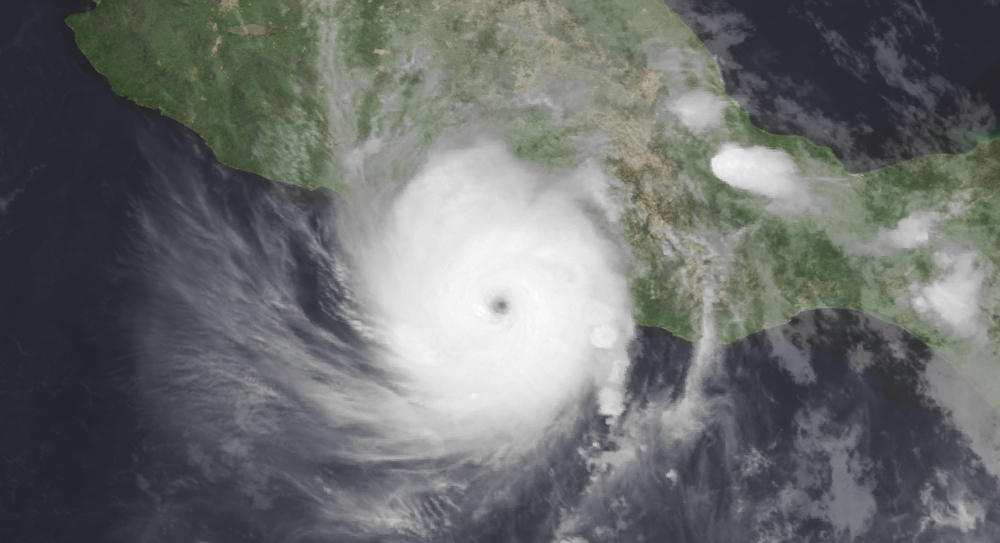2023 year in review
A recap of NSF NCAR's top science stories
Dec 11, 2023 - by Audrey Merket
Dec 11, 2023 - by Audrey Merket
The research coming out of the U.S. National Science Foundation National Center for Atmospheric Research (NSF NCAR) in 2023 ranged from fascinating to impactful. From La Niñas and El Niños to supercomputers named after wind and the impacts of literal wind, here are the highlights of NSF NCAR’s top science stories from the past year.

While La Niñas are not uncommon, it is rare for the occurrence to repeat for three consecutive winters. Scientists discovered that the catastrophic 2019-2020 Australian bushfires impacted the climate and nudged the Tropical Pacific into a rare multi-year La Niña event.

NSF NCAR’s C-130 research aircraft received funding for a new accessory: the Airborne Phased Array Radar (APAR). APAR will peer deep into storms, producing rich data that will deepen researchers' understanding of clouds, thunderstorms, and more.

The new NSF NCAR supercomputer is 3.5 times faster and 40% more energy efficient than its predecessor. Derecho will provide researchers across the country with an important new tool to advance understanding of the atmosphere and other Earth system processes.

An experimental weather forecasting system predicted that one of the strongest El Niño events on record will develop this winter. Only time will tell if the system is as good at predicting future weather trends as it is at hindcasting.

In October, the rapid intensification of Hurricane Otis from a tropical cyclone to a Category 5 hurricane caught meteorologists and residents off guard. New research explains that rapid intensification can be hard to predict because there is more than one way hurricanes intensify – as a marathon or a sprint.